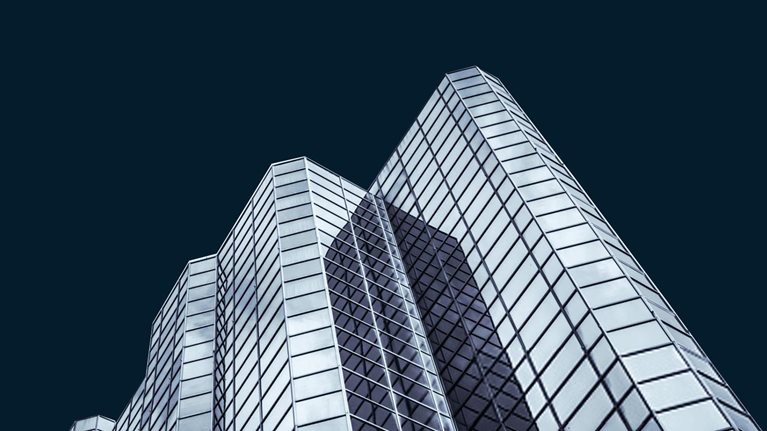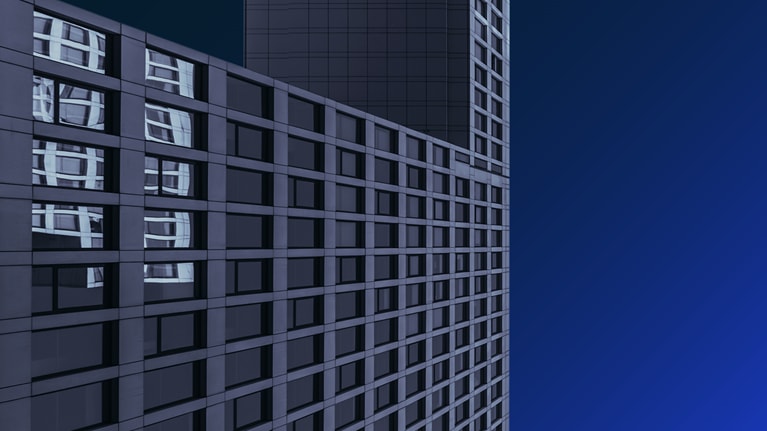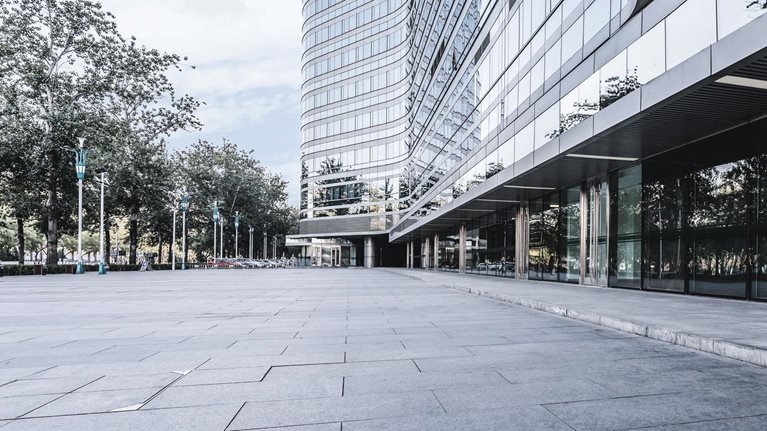The Global Infrastructure Initiative (GII) Summit, held virtually in June 2020, featured a panel discussion on “Integrating the pre-COVID-19 agenda into the post-COVID-19 action plan.” Alexandre L’Heureux, president and CEO of Quebec-based consultancy WSP Global, was one of the panelists.
L’Heureux has led WSP since 2016, prior to which he served as the company’s CFO for six years. WSP is a design and engineering consultancy whose portfolio includes high-rise landmarks such as One World Trade Center in New York; London’s The Shard; Shanghai Tower, China’s tallest building; and Kuala Lumpur’s Petronas Towers, the tallest twin towers in the world.
Following are edited excerpts of his remarks.
‘The pyramids of the future’: Designing and building for sustainability
Video transcript
Alexandre L’Heureux: Well, [sustainability] was at the top of the agenda pre-COVID-19. But as the pandemic starts to recede, I believe that we need to push even harder. We need to use this crisis as an opportunity to take the steps necessary to evolve.
I think what this pandemic has shown is how vulnerable we are as a society, everywhere in the world. Governments and society responded immediately to COVID-19 because we had no choice, frankly—whereas climate change is oftentimes viewed as something that we can deal with tomorrow.
We need to match closely the long-term interests that this industry has had around climate change with the future needs of the cities that we will be designing. At WSP, we have a program that we call Future Ready. We’re challenging each and every professional to design for what we need today but also for the needs of the future.
Just as an example, skyscrapers are the pyramids of the future. They’re not going anywhere. So when you make the effort to build something, to design something, you need to think about future needs. The building codes will change in London, for instance, in the next 30 or 40 years, with global warming. So we need to think about the long-term impact of climate change.
I believe that this pandemic has demonstrated that we are vulnerable and we need to think about the future. I think this is, for us, a no-regret step—but there are many others that we can take into consideration. We need to adopt a risk-based life-cycle-cost approach, including maintenance and energy. We need to assess the climate risk associated with both operational projects and those in development.

The future of the high-rise: Creating people-centric spaces
Right now, we prepare for acute events such as severe weather or even a global pandemic, but we need to address not just the near-term impact but also assess longer-term events. I feel that our clients oftentimes are not thinking about the long-term impact. I think it’s our job to make sure that they are thinking about the longer-term impact rather than just the near term.
So I think this issue is not going anywhere. Even our investors are requiring this. Earlier this year, we became the first professional-services firm in the Americas to sign a sustainability-linked credit facility. This was very well received by our investors; they’re demanding that we tie our financial performance to sustainability-linked criteria.
At some point early in the pandemic—it’s only been 12 or 13 weeks in the making—I thought that [sustainability] would perhaps take a back seat on the agenda. But the more I’m reflecting on it, the more I believe it needs to be put on the forefront.
This is an excerpt from McKinsey’s Global Infrastructure Initiative (GII) Summit, held virtually on June 10–11, 2020. For more on the GII Summit, visit globalinfrastructureinitiative.com.


